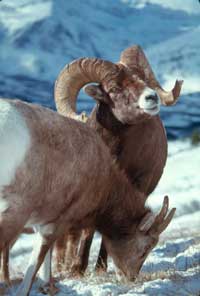- Home
- About S&T
- Taxa/Organisms
- Ecosystems
- Issues
- Methods & Tools
- Reports & Publications
- Location
- Search
Publisher: USGS | Science Center: Northern Rocky Mountain Science Center (NRMSC, Bozeman) | Format: URL
nrmsc.usgs.gov — This research summary gives an overview of sign surveys to detect bear population trends in designated wilderness and national park lands. The Northern Continental Divide Ecosystem has the best long-term prospects of supporting a viable grizzly bear population among the six areas designated as grizzly bear recovery zones in the United States. Yet More...

Publisher: USGS | Science Center: Northern Rocky Mountain Science Center (NRMSC, Bozeman) | Format: .PDF
nrmsc.usgs.gov — This web publication describes the Noninvasive Methods to Monitor Bear Population Trends. The U.S. Geological Survey is beginning a new grizzly bear research project this summer in the Northern Continental Divide Ecosystem (NCDE) of northwestern Montana. This work is based on hair collection and DNA analysis methods similar to those used in the More...
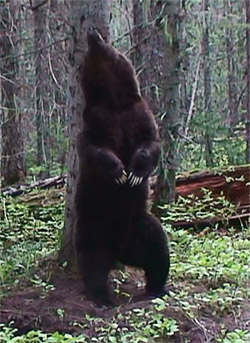
Publisher: USGS | Science Center: Southwest Biological Science Center (SBSC, Flagstaff) | Format: URL
sbsc.wr.usgs.gov — The Internet Map Server (IMS) visually displays the non-native, invasive plants (weed) occurrences in the current (2003) SWEMP database. An IMS allows you to interactively draw, query, and print maps. The SWEMP IMS was developed from ESRI's ArcIMS presentation product.The Southwest Exotic Plant Information Clearinghouse is a cooperative effort More...
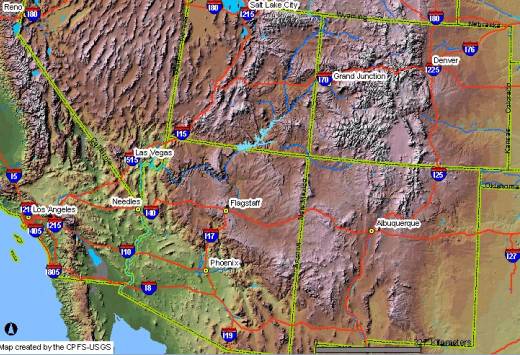
Publisher: USGS | Science Center: Biological Informatics | Format: URL
biology.usgs.gov — This web page presents samples of genetics and genomics research from the USGS Biological Resources Discipline about the conservation genetics of plants.
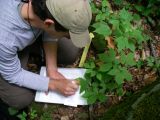
Publisher: Other Federal Agency (United States Forest Service (USFS)) | Format: .PDF
www.fs.fed.us — USGS scientist Jon Keeley led a team of scientists from various agencies and academic institutions in developing a framework that will inform fire management of ecosystems. This review uses a scientific synthesis to provide an ecological foundation for management of diverse ecosystems. Ecosystem-based management requires different strategies on More...
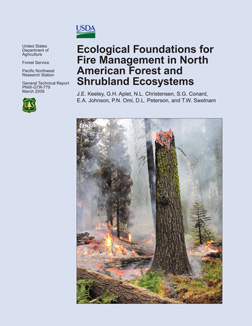
Publisher: USGS | Science Center: Biological Informatics | Format: URL
biology.usgs.gov — This web page presents samples of genetics and genomics research from the USGS Biological Resources Discipline about the conservation genetics of landscapes.

Publisher: USGS | Science Center: Florida Integrated Science Center (FISC, Gainesville) | Format: URL
fisc.er.usgs.gov — Monitoring Amphibians in Great Smoky Mountains National Park is a pilot amphibian inventory and monitoring research project conducted in the Great Smoky Mountains National Park from 1998 to 2001. Circular 1258 is a publication that provides an overview of the Park`s amphibians, factors affecting their distribution, important areas of biodiversity, More...

Publisher: USGS | Science Center: Biological Informatics | Format: URL
biology.usgs.gov — This web page presents samples of genetics and genomics research from the USGS Biological Resources Discipline about the conservation genetics of insects, chelicerates, and crustaceans.

Publisher: USGS | Science Center: Biological Informatics | Format: URL
biology.usgs.gov — This web page presents samples of genetics and genomics research from the USGS Biological Resources Discipline about the conservation genetics of mammals.
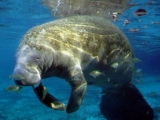
Publisher: USGS | Format: URL
3dparks.wr.usgs.gov — This web resource is a collection of anaglyphic images (3D) of the Powell Survey of Colorado River Canyon Country. All images on this website are derived from photography that Major John Wesley Powell commissioned to document his Second Expedition (1871-1872) and later expeditions on the Colorado Plateau. This website contains a collection of 3D More...
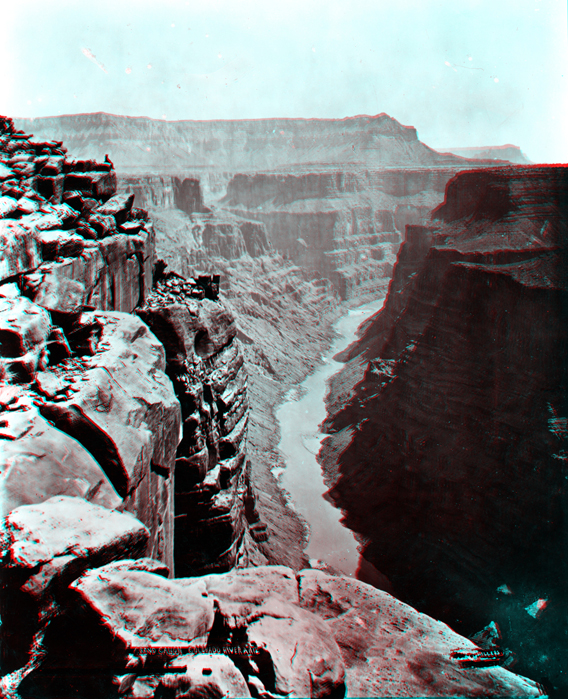
Publisher: USGS | Format: URL
biology.usgs.gov — This website addresses some of these questions for several regions of North America, conveying the importance of a historical context for understanding ongoing changes in land cover and land use. It also aims to inspire scientists, educators, and science administrators to contribute to the development of a comprehensive land-use history of North More...
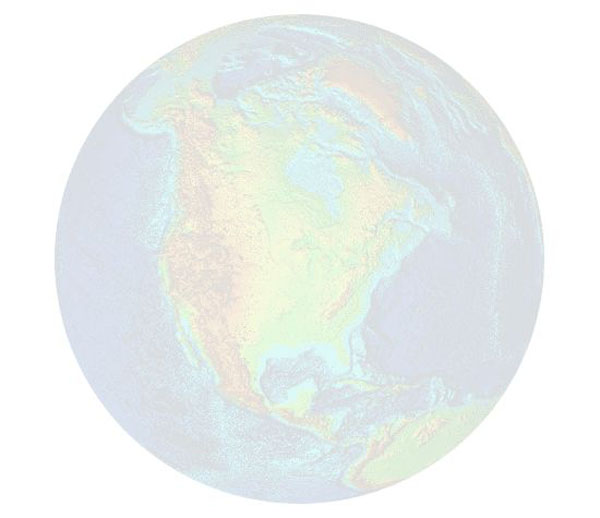
Publisher: USGS | Science Center: Northern Rocky Mountain Science Center (NRMSC, Bozeman) | Format: URL
www.nrmsc.usgs.gov — Overview of a study of Bighorn sheep habitat use and demographics in the Many Glacier area of Glacier National Park. Study will document seasonal ranges and migration routes and evaluate habitat use and selection. Habitat use will be modeled, and those models will be extrapolated across the Park to predict occurrences of critical habitats and More...
